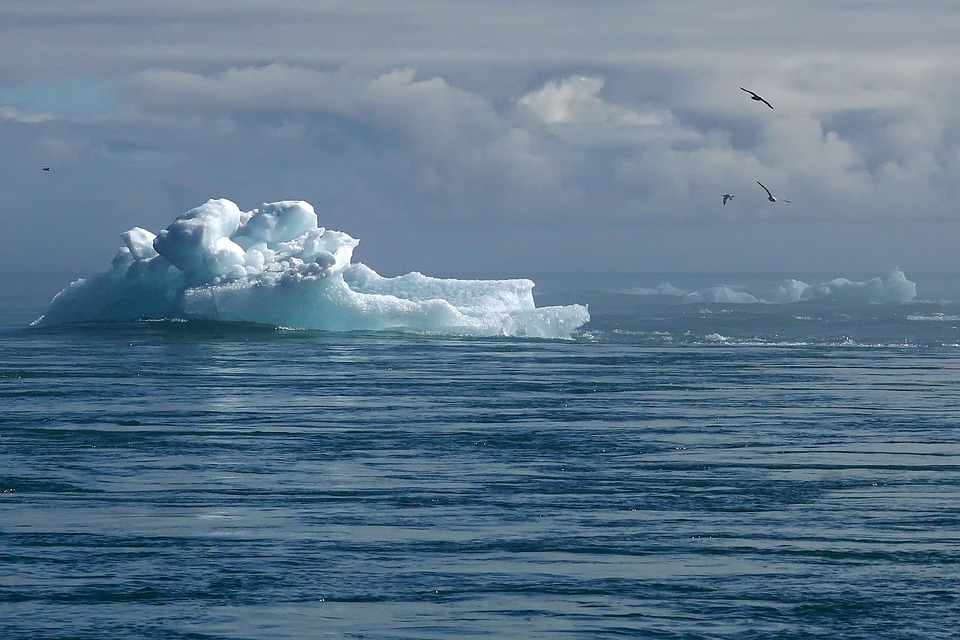Wildfires in California have become an increasingly common and devastating phenomenon, affecting not only the state’s landscapes but also its economy, wildlife, and communities. The summer of 2025 saw one of the most catastrophic wildfire seasons in Los Angeles in recent history. Thousands of acres of land were destroyed, and hundreds of homes were lost. These disasters, however, are not solely the result of natural causes but are heavily influenced by human activities contributing to wildfires. Understanding how human actions, both directly and indirectly, contribute to wildfires is crucial in preventing future disasters.
The Growing Impact of Human Actions on Wildfires
For many years, California’s wildfires have been attributed to natural causes such as lightning strikes and dry spells. While these factors certainly play a role, human activities contributing to wildfires have proven to be the predominant catalyst. As we look back at the 2025 wildfire season in Los Angeles, it becomes increasingly clear that the frequency and severity of these fires are escalating, and much of it can be traced to human activities.
Climate Change: A Driving Factor
Among the most significant human activities contributing to wildfires is climate change. The burning of fossil fuels for industrial purposes, deforestation, and large-scale agricultural practices are releasing greenhouse gases into the atmosphere, which has led to a global temperature increase. These higher temperatures are causing prolonged droughts in California, creating dry conditions that are ideal for fires to ignite and spread.
The rise in temperature and the reduction in rainfall are making it easier for fires to become uncontrollable. In Los Angeles, 2025 saw a near-record number of acres burned, primarily due to high temperatures and low humidity levels. This combination of conditions is made even worse by human activities contributing to wildfires, as urban sprawl and extensive land development continue to encroach on fire-prone areas.
Urban Expansion and Its Role in Wildfires
Another key human activity contributing to wildfires is urban expansion. Over the past several decades, California has witnessed rapid urban development, with homes and businesses being built in areas that are particularly vulnerable to fire risks. When people build homes in areas with dense vegetation or near dry brush, they increase the amount of fuel available for wildfires. These developments create a dangerous combination of increased risk for people and the environment.
In Los Angeles, 2025’s wildfires were exacerbated by several new developments in areas such as Malibu and Santa Monica, which had once been considered fire-prone. The addition of these homes and businesses has led to a situation where more structures are at risk when a wildfire breaks out.
Deforestation and the Loss of Natural Barriers
Deforestation is another critical human activity contributing to wildfires. As forests are cleared for agriculture, logging, or urban development, the natural firebreaks that prevent the spread of fires are lost. Without these firebreaks, wildfires can spread much more rapidly, devastating entire regions in a short amount of time.
Moreover, human activities contributing to wildfires, such as poor land management practices, often lead to an accumulation of dry and dead vegetation. In California, these dead trees and shrubs act as perfect kindling for wildfires, allowing them to grow uncontrollably.
Pollution and the Impact on Vegetation
Human activities contributing to wildfires also include industrial pollution. Emissions from vehicles, factories, and other industrial sources have been found to contribute to poor air quality and the degradation of vegetation. As plants and trees are weakened by pollutants, they become more vulnerable to fire. When pollution affects the natural vegetation, it can increase the likelihood of wildfires starting and spreading.
In California’s wildfire-prone areas, pollution makes it more difficult for natural ecosystems to regenerate. Human activities contributing to wildfires also impact the soil’s ability to retain moisture, making the environment even drier and more prone to fire.
The Drought and Wildfire Connection
Drought and wildfire are closely connected, particularly in California. Human activities contributing to wildfires, such as emissions from fossil fuel consumption, have led to an increase in temperatures, contributing to more severe and prolonged droughts. The dry conditions, combined with increasing vegetation dryness, create a perfect storm for wildfires.
California’s drought conditions have been exacerbated by these human activities, leading to reduced water resources and drier landscapes. When vegetation is starved of moisture, it becomes more flammable, providing fuel for wildfires to spread rapidly. The current drought in California serves as a reminder of the destructive power of human activities contributing to wildfires.
Steps to Mitigate the Impact of Human Activities Contributing to Wildfires
There is still time to reduce the severity of future wildfires and minimize the damage caused by human activities contributing to wildfires. Governments, organizations, and individuals all have a role to play in this process. Let’s explore some of the most effective ways to combat the growing wildfire crisis:
- Reducing Carbon Emissions
One of the most effective steps in addressing human activities contributing to wildfires is reducing the amount of carbon emissions produced by industrial activities. By transitioning to renewable energy sources, enforcing stricter emissions standards, and promoting sustainable practices, we can slow the effects of climate change, which in turn will help reduce wildfire frequency and intensity.
- Better Urban Planning and Zoning
Urban expansion into wildfire-prone areas must be curbed. Local governments should adopt more sustainable zoning laws that limit construction in high-risk areas. By using land more responsibly and enforcing fire-resistant building codes, we can reduce the number of homes and structures at risk.
- Forest and Land Management
To mitigate the effects of human activities contributing to wildfires, better forest management is essential. Controlled burns, which are used to remove dead vegetation, can help reduce the amount of fuel available to wildfires. Firebreaks can also be maintained to slow the spread of fires.
Forest restoration projects, where trees are replanted and soil health is improved, are a key aspect of addressing human activities contributing to wildfires. These efforts help create a healthier environment that is more resistant to wildfires.
- Community Education and Fire Preparedness
It is essential to educate the public on fire safety and prevention measures. Communities in high-risk areas should be given resources to help them prepare for wildfires, such as creating defensible space around homes and using fire-resistant materials in construction. Public awareness campaigns about the role human activities contributing to wildfires can play in fire prevention could be crucial in motivating positive action.
Using Technology to Detect and Prevent Wildfires
Technology also plays a vital role in addressing human activities contributing to wildfires. With the advancement of fire detection technology, wildfires can be detected earlier, which helps emergency responders control the fire before it spreads. Drones, sensors, and satellite imagery are now being used to monitor vegetation health, detect heat signatures, and track fire movement.
AI and machine learning algorithms are also being employed to predict the likelihood of wildfires based on weather patterns, vegetation conditions, and human activities. These technologies allow for quicker response times and can potentially save lives and property.
Conclusion: A Path Toward Prevention
The 2025 wildfire season in California has shown us just how devastating human activities contributing to wildfires can be. However, by understanding the role of human actions in these fires, we can take steps to prevent them. Addressing the root causes, such as climate change, deforestation, urban sprawl, and pollution, will not only protect California’s ecosystems but also ensure the safety of its residents.
Positive change is possible, and by reducing human activities contributing to wildfires, we can create a more fire-resilient California for future generations. Everyone—from individuals to large corporations—must come together to make a difference. By adopting sustainable practices, supporting fire prevention policies, and preparing communities, we can reduce the impact of wildfires and preserve California’s natural beauty.


